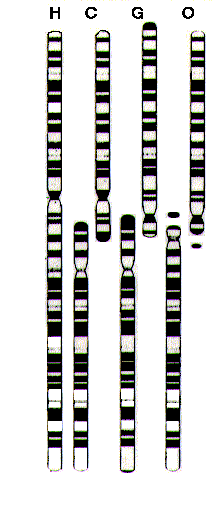- Mar 16, 2004
- 22,030
- 7,265
- 62
- Gender
- Male
- Faith
- Calvinist
- Marital Status
- Single
- Politics
- US-Democrat
Vance said:Mark, I don't know whether they split because I have not read up on those hominids, not because of any *disbelief* in a presented theory. I have only recently turned to the hominid line-up, having read the Scientific American special edition covering the various debates and currently listening to a college lecture series on Bilogical Anthropology.
You are not heading for a "God of the gaps" concept, are you? Always dangerous.
God I hope not! What I am trying to get a handle on is the distiction between ancestors of humans only and ancestors to humans and apes. To my way of thinking there can only be apes as distinct from humans and the transitionals while interesting are hardly conclusive proof of common ancestory. In the classification of these fossils there are allways critical questions and they seem to get even more puzzling as you get into the transitional forms. This is leading me to question the role of transitional in speciation altogether. One of the primary reasons I think this has merit is the long periods of stasis (equilibrium?) where very little changes in the inherited traits and virtually all substantial mutations are either elimanated or dangerous to the species.
Just a word about Mendel and I really don't intended to elaborate at length on the analogy offered. Mendel discovered that in 3 generations the offspring would revert back to the traits of the grandparents. Thats why I am growing increasingly skeptical of the snowball effect of microevolutionary changes. But as far as the building analogy, if they don't lay the foundation to specs then they will have to tear it out and pour a new one. The casual obverver would see this as wastefull but a discerning mind would see that they have to square everything or the building would collapse.
Upvote
0


